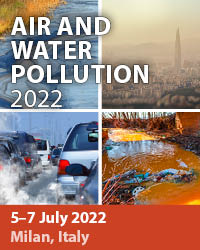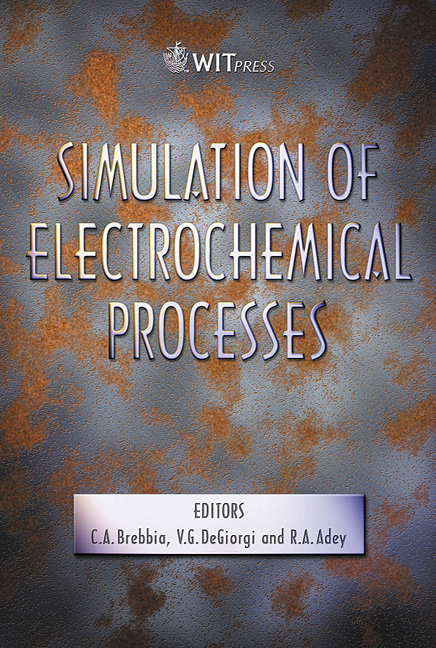Experimental Vs. Computational System Analysis
Price
Free (open access)
Transaction
Volume
48
Pages
10
Published
2005
Size
1,462 kb
Paper DOI
10.2495/ECOR050041
Copyright
WIT Press
Author(s)
V. G. DeGiorgi & E. A. Hogan
Abstract
Computational and experimental methodologies are often seen as competing resources. This is unfortunate because in the evaluation of complex physical phenomenon often both methodologies are required to develop a complete understanding of the underlying basic science as well as an understanding of the system level behavior. Even though the title implies a contrasting of methods, this work will present how computational methods can be used to supplement experimental techniques and visa versa. Electrochemical corrosion is a complex natural phenomenon that has been studied for many years, however corrosion mechanisms as well as corrosion protection are still not completely defined. The prevention of ship hull corrosion is a major concern for the US Military and the commercial shipping industry due to the large monetary and long-term investment. This paper discusses the physical scale modeling (PSM), shipboard impressed current cathodic protection (ICCP) design technique, how computational methods can be used to augment the design process and presents a number of experimentally determined factors that should be applied to present mathematical code development to improve the computational approach to cathodic protection system design. Keywords: cathodic protection, boundary element modeling, impressed current cathodic protection, physical scale modeling. 1 Introduction The need to protect ocean-going vessels from corrosion has existed as long as man has explored the oceans. Today a common approach to corrosion prevention is the use of Impressed Current Cathodic Protection (ICCP) systems. Cathodic protection systems take advantage of the inherent electrochemical
Keywords
cathodic protection, boundary element modeling, impressed current cathodic protection, physical scale modeling.





